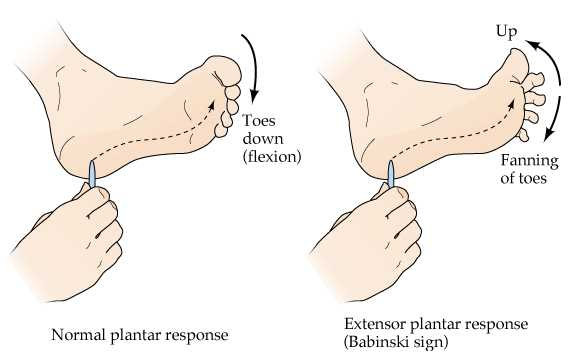A nurse is planning a teaching session about hysterosalpingography for a client who has a diagnosis of infertility. The nurse should include which of the following information in the teaching plan?
The client should anticipate scheduling the procedure 5 days prior to menstruation.
The client might experience diarrhea as a result of the procedure.
The client should be on a liquid diet for 1 day following the procedure.
The client might experience shoulder pain following the procedure.
The Correct Answer is D
Choice A reason:Scheduling the procedure five days before the expected menses would place it in the late proliferative phase, which risks missing ongoing menstrual bleeding and could coincide with implantation if the client ovulated early. Best practice is to perform the test after menstruation ends but before ovulation—usually within 12 days of the first day of the last period—to ensure the client is not pregnant.
Choice B reason:
Diarrhea is not a common side effect of HSG. The procedure involves the insertion of a dye into the uterine cavity to visualize the fallopian tubes and uterus via X-ray. While some discomfort, cramping, or spotting may occur, diarrhea is not typically expected.
Choice C reason:
There is no requirement for a client to be on a liquid diet following an HSG procedure. The client can usually resume normal activities and diet immediately after the procedure unless otherwise instructed by their healthcare provider.
Choice D reason:
Referred shoulder pain can occur when contrast fluid spills through a patent tube into the peritoneal cavity, irritating the diaphragm’s undersurface and eliciting pain perceived at the shoulder via the phrenic nerve. Clients should be advised this is normal, short-lived, and relieved by positioning or mild analgesics.
Nursing Test Bank
Naxlex Comprehensive Predictor Exams
Related Questions
Correct Answer is A
Explanation
Choice A reason:
Babinski's sign is a neurological reflex that's tested by stroking the sole of the foot. A positive Babinski's sign, which is normal in infants but abnormal in adults, is indicated by dorsiflexion of the great toe (the toe points up) while the other toes fan out. This reflex suggests dysfunction of the corticospinal tract, which may be due to various neurological conditions. In the context of a stuporous patient with an unrepaired femur fracture, a positive Babinski's sign could indicate an acute neurological change possibly related to the injury or a secondary complication such as a fat embolism syndrome, which can occur after fractures and may affect the brain.
Choice B reason:
Pronation of the arms is not associated with Babinski's sign. Pronation is a rotational movement where the hand and upper arm are turned inwards. While arm movements are part of the neurological examination, they do not constitute a response to the plantar reflex test used to elicit Babinski's sign.
Choice C reason:
Pinpoint pupils may indicate opioid overdose or damage to the pons due to various causes, but they are not a component of Babinski's sign. Pupil size and reaction to light are important in neurological assessments, but they are separate from the reflexes tested by the Babinski sign.
Choice D reason:
Jerking contractions of the head and neck are not related to Babinski's sign. These could be indicative of seizure activity or other neurological disorders but are not a response to the plantar reflex test.

Correct Answer is D
Explanation
The correct answer is: d. Hypoglycemia
Choice A reason:
Hyperglycemia: This statement is wrong because hyperglycemia typically presents with symptoms like increased thirst, frequent urination, and fatigue, not sweating and anxiety.
Choice B reason:
Nephropathy: This statement is wrong because nephropathy, a kidney complication, does not cause acute symptoms like sweating and anxiety. It usually presents with proteinuria and progressive kidney dysfunction.
Choice C reason:
Ketoacidosis: This statement is wrong because diabetic ketoacidosis usually presents with symptoms like fruity breath, nausea, vomiting, and deep, rapid breathing (Kussmaul respirations), not sweating and anxiety.
Choice D reason:
Hypoglycemia: This statement is correct because hypoglycemia is characterized by symptoms such as sweating, anxiety, palpitations, and confusion due to the release of adrenaline in response to low blood glucose levels.
Whether you are a student looking to ace your exams or a practicing nurse seeking to enhance your expertise , our nursing education contents will empower you with the confidence and competence to make a difference in the lives of patients and become a respected leader in the healthcare field.
Visit Naxlex, invest in your future and unlock endless possibilities with our unparalleled nursing education contents today
Report Wrong Answer on the Current Question
Do you disagree with the answer? If yes, what is your expected answer? Explain.
Kindly be descriptive with the issue you are facing.
